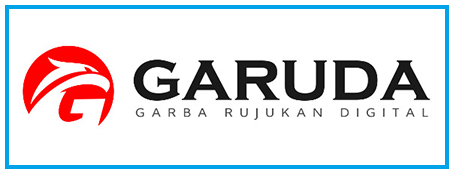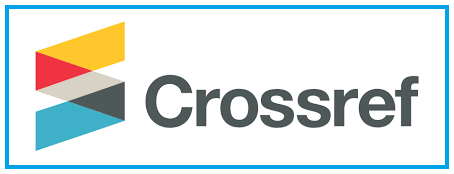STRATEGI PENYALURAN DANA ZAKAT GUNA REALISASI AGENDA SDGs DAN MENINGKATKAN CAPAIAN INDEKS PEMBANGUNAN MANUSIA (Studi Kasus Pada BAZNAS Kabupaten Boyolali)
Keywords:
Strategy, Zakat Funds, SDGs (Sustainable Development Goals), HDI (Human Development Index)Abstract
In the agenda for channeling zakat funds managed by BAZNAS, an appropriate strategy is needed so that it reaches the mustahiq (zakat recipients) appropriately. From here, this article will find out how the process of channeling zakat funds is and what is its relevance to the United Nations Global Agenda on SDGs (Sustainable Development Goals), as well as its impact on the achievement of the human development index in Boyolali. As a result, in order to realize the SDGs agenda and the agenda of increasing the HDI (Human Development Index) in Boyolali Regency, zakat funds are channeled to focus on three areas, namely education, social assistance for people who can't afford it and the creative economy and MSMEs. The agenda is part of BAZNAS' strategy in creating sustainable development and increasing the HDI achievement of Boyolali Regency which in 20022 was 74.25%.
Downloads
References
Al Liliweri. (t.t.). Komunikasi Serba Ada Serba Makna.
Baznas. (2016). Buku Statistik Zakat Nasional. diterbitkan oleh Bagian SIM &Pelaporan.
Baznas Boyolali. (2022, Maret 21). Peduli Petani Wortel Selo : https://baznasboyolali.or.id/2022/03/23/peduli-petani-wortel-selo/. Website Baznas.
Fina Minhatul, M. (2020). Efektivitas Pendistribusian Zakat Produktif Dalam Meningkatkan Kesejahteraan Mustahik (Studi Pada Baznas Kabupaten Boyolali). Fakultas Ekonomi Dan Bisnis Islam Institut Agama Islam Negeri Surakarta, 41.
Idris. (2017). Hadis Ekonomi. Jakarta: KENCANA.
Institut Agama Islam Negeri. (2000). Pengelolaan Zakat Mal Bagian Fakir Miskin Suatu Pendekatan Operatif. IAIN.
Ishartono, S. (2011). Sustainable Development Goals (SDGs) dan Pengentasan Kemiskinan. Social network Jurnal.
Istiqomah. (2022, Maret 10). Website: Https://baznasboyolali.or.id/2022/03/10/bantuan-biaya-kuliah-untuk-d3-d4-s1-baznas-kabupaten-boyolali/. BAZNAS KABUPATEN BOYOLALI.
Mursyidi. (2003). Akuntansi Zakat Kontemporer. Bandung: PT. Remaja Rosda Karya.
Nurul iHuda. (2010). ILembaga iKeuangan iIslam, iTinjauan iTeoritis idan iPraktis. Jakarta:, Kencana, 30.
Rahmani. (2016). ITimorita iYulianti, iGood iCorporate iGovernance idi iLembaga iZakat,. Yogyakarta: iDipantara.
Ruslan. (2013). Konsep Distribusi Dalam Ekonomi Islam. Pustaka Pelajar.
Sri Riwayati. (t.t.). Zakat dalam Telaah QS. At-Taubah:103, Jurnal Ilmui Al Qur‟an dan Tafsir. Vol. No. 2 Desemberi 2018.
Suryo, H. (2019). Pembangunan Berkelanjuan dari MDGs ke SDGs. Yogyakarta: Spektrum Nusantara.
Teungku Muhammad, H. A. S. (2008). Pedoman Zakat. Semarang: PT. Pustaka Muhammad.
Tika, W. (edisi Januari 2015). Model Pendayagunaan Zakat Produktif Oleh Lembaga Zakat Dalam Meningkatkan Pendapatan Mustahiq. Jebis, Vol. 1 no. 1.
Wahyuningsih. (2017). Millenium Develompent Goalsi Mdgs) Dan Sustainable Development Goals (SDGs) Dalam Kesejahteraan Sosial. Jurnal Bisnis Manajemen, 39.
Windhu Putra. (2019). Perekonomian Indonesai Penerapan Beberapa Teori Ekonomi Pembangunan di Indonesia. Depok: PT Rahagrafindo Persada.
Downloads
Published
How to Cite
Issue
Section
License
Copyright (c) 2023 SENTRI: Jurnal Riset Ilmiah

This work is licensed under a Creative Commons Attribution-NonCommercial-ShareAlike 4.0 International License.









